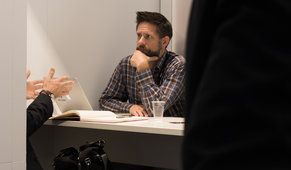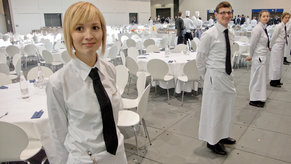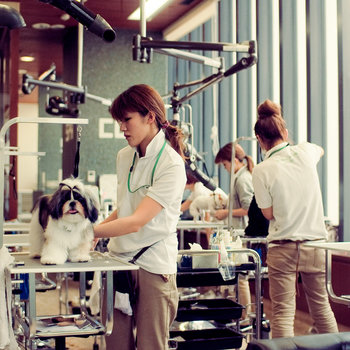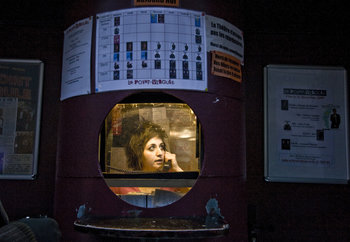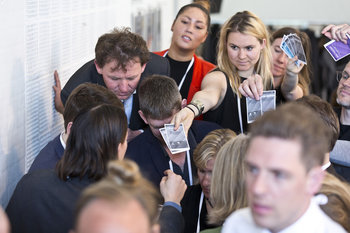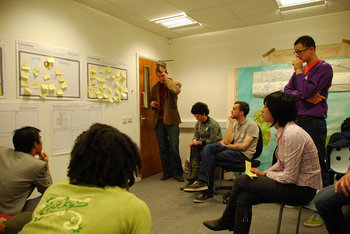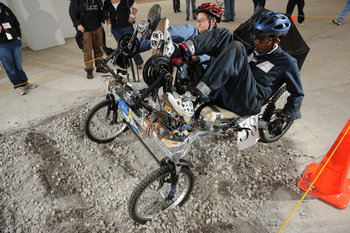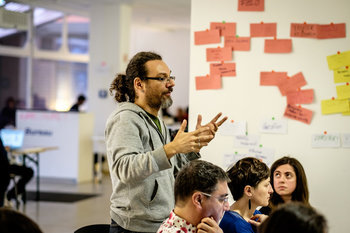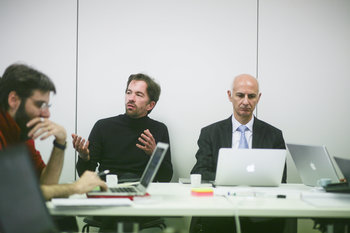
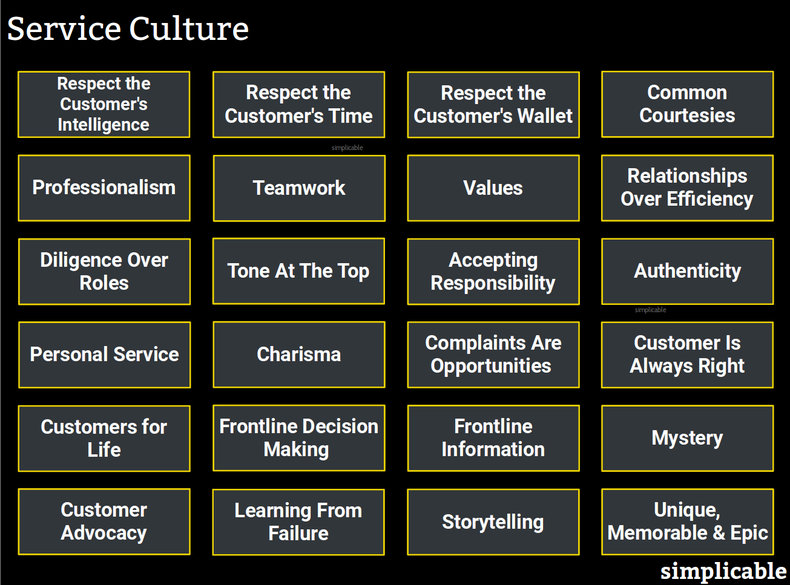
Respect the Customer's Intelligence
View the customer in a positive light and respect their intelligence. For example, sharing information with customers at an appropriate level of detail when it is likely to be of use to them.Respect the Customer's Time
Avoid consuming the customers time with anything that doesn't interest them. As a counterexample, consider a telecom company that asks a customer to submit requests for infrastructure teams to set up a loop line when the customer orders an internet connection.Respect the Customer's Wallet
Deliver value for money and attempt to save the customer money within the constraints of your pricing structure. For example, an ecommerce firm that accepts most returns because a customer who feels they have wasted money is likely to be extremely dissatisfied. Returns can be tracked at the account level to ensure that customers do not abuse generous policies.Common Courtesies
Strictly affording the customer common courtesies at all times. This includes polite language, manners, civility, appropriate behavior, thoughtfulness and consideration.Professionalism
Living up to the standards of your profession including your competence, ethics, professional demeanor and appearance.Teamwork
Generally speaking, it is impossible to have a positive service culture without a positive organizational culture. For example, if coworkers don't afford each other respect it is unlikely they will respect the customer.Values
Shared values that are actioned to become part your identity as an organization. Customer service values may extend beyond the customer to environmental stewardship and community involvement. The idea is to build momentum in a positive direction such that you're not faking positivity for the customer's sake.Relationships Over Efficiency
Any process that involves the customer is not driven by efficiency but by the relationship with the customer. A hotel that views a check-in process in terms of efficiency may herd customers by urging them to hurry into a line and then urge them to hurry out of the lobby after being served. This sacrifices the customer relationship for efficiency and results in a poor standard of service. Ideally processes are both efficient and beneficial to the customer experience.Diligence Over Roles
It is always the employee's job to step in and help when a customer needs something. If the manager of a large resort hotel is asked for directions to a hotel restaurant, the manager may take the time to walk the customer to the restaurant. This sets an example for other employees.Tone At The Top
When leadership put the customer first in their behavior, strategy, plans, policies, operations, products and services this sets a positive example for service at every level of the firm.Accepting Responsibility
Employees represent the firm and apologize on behalf of the firm when the customer perceives a negative experience. As an example, the following interaction fails to accept responsibility.Customer: You booked me in the wrong seatRep: I didn't book you in any seat, somebody at our call center must have done itAuthenticity
Never faking it. For example, respecting the customer both on your lunch break and when they are sitting in front of you in a meeting.Personal Service
Customers have different personalities and respond to different styles of service. Some customers prefer service that is kept formal and diligent. Others prefer personal conversation and friendliness. Customer service talent take cues from the customer to personalize an experience. For example, a customer may be open to suggestions and a consultative approach or they may simply want their questions answered in a factual manner without being pointed in new directions. This is the reason that customer service scripts often fail as they view everything as situational as opposed to personal.Charisma
In some industries, personality counts. In many cases, employees who build rapport with customers generate durable customer satisfaction. This is particularly true when the relationship with the customer is intensive and time consuming. For example, a project manager for a software implementation project who ends up being respected by hundreds of employees of a business customer.Complaints Are Opportunities
Customers who complain may be experiencing feelings of stress and may have low expectations of you. If you are able to solve their problem, make them feel better and exceed their expectations they may emerge from an interaction extremely satisfied. This is known as the service recovery paradox.Customer Is Always Right
Avoid directly telling the customer they are wrong. If you need to correct the customer, do it in a positive and helpful way. For example:Customer: you overcharged me by 50%Rep: let me check this for you, your bill was higher this month than usual because of your bandwidth usage that was 18,000 gigabytes this month whereas it was 300 gigabytes last month. Did you use more data recently?Customers for Life
Firms with a service culture value one financial metric above all others: customer lifetime value. For example, a customer who stays at a hotel chain 9 nights a year for 50 years with an average charge of $300 a night generates $135,000 in revenue. It only takes one poor customer service interaction to lose this customer.Frontline Decision Making
Employees who face customers are empowered to make decisions that improve the customer experience. For example, if a customer complains of poor quality at a fast food restaurant, the employee handling the complaint can give them a freshly prepared meal and up to 10 free meal coupons if they sense the complaint is valid. If the employee senses the complaint is invalid they offer only the freshly prepared meal without a coupon. Frontline decision making allows a firm to offer generous remedies to customer complaints without having such offers abused.Frontline Information
Customer facing employees are provided will all the information that they feel they need to do their job without needless secrecy. For example, airline employees at the gate are given the technical reasons for a delay. Customers are far more convinced by a detailed statement such as "The fuel tank ventilation system is malfunctioning so we need to replace the aircraft. There are none available here so one is being flown in from Chicago. The replacement aircraft will be here in an hour and will be ready to fly in two hours."Mystery
Your internal processes should be invisible to a customer where they aren't useful to them. Done right, your service can appear as a wonderful mystery to the customer. For example, a restaurant that brings out dishes at the perfect moment and a server who appears just when you need them.Customer Advocacy
Customer advocate is a role that represents the customer as opposed to the firm. For example, a customer service representative who pushes for change to processes, products and services on behalf of customers. This may be a specialized role within a customer service organization. Alternatively, all customer service representatives may be advocates such that their primary responsibility is to the customer not to the company.Learning From Failure
Failures are an important source of information to drive improvement. A customer service organization may establish a norm that failures are openly discussed without judgement. It is difficult to improve when failure is hidden and aggressively punished.Storytelling
Build a collection of true stories that illustrate service success and failure. Ideally, storytelling is interesting such that it is memorable. For example, an airline that captures exemplary examples of service under stress such as extreme turbulence.Unique, Memorable & Epic
A service culture that delivers unique, memorable or epic customer experiences such as a dining experience that surrounds the customer in theatre and performance art. By going beyond the bland and ordinary, a firm can generate significant word of mouth.| Overview: Service Culture | ||
Type | ||
Definition | A set of expectations, norms and principles that guide customer service at a firm. | |
Related Concepts | ||




